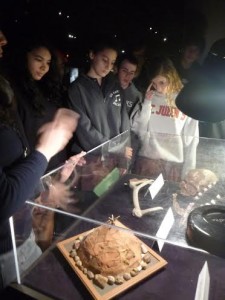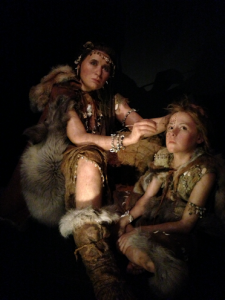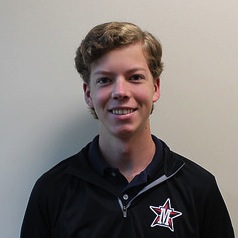Science, prehistory converge in French field trip
February 12, 2014

Quiet footsteps and muffled whispers resounded through the hall as French students looked up towards the eerie paintings on the walls of Lascaux.
Since October, the Houston Museum of Natural Science has hosted the exhibit “Scenes from the Stone Age: Cave Paintings of Lascaux.” French I and II students toured the reconstructed caves within the halls of the museum, Feb. 4.
“At first I thought, ‘Gosh, this is really not French, per say.’ It’s really prehistoric because France does not come into existence until much later,” French teacher Shelley Stein, who coordinated the field trip, said.
The French cave of Lascaux in the department of Dordogne is closed to the public indefinitely. The 17,000-year-old paintings decorating the cave were discovered when a group of four French teenagers tried to rescue their dog, who had fallen into a hole that turned out to be the cave.
Since then, exhalation from visitors has released carbon dioxide and moisture into the air, damaging the paint.
“This is a reconstitution of the caves of Lascaux, and it is a part of the French collective consciousness. It is a part of who they are,” Stein said. “It’s a precursor to all the art that we do consider French.”
The purpose of the caves is unknown. There are no remnants to indicate that they served as living quarters, and the cave entrance was too small to allow adequate levels of oxygen for extended periods of time. Unusual paintings, such as that of a man with the head of a bird lying dead at the foot of a bison, indicate that they may have held some sort of ritualistic purpose.
“The exhibit was definitely my favorite part, besides the food,” sophomore Charles Dorfman said.The Lascaux exhibit at the Museum of Natural Science provided a way for people to view a replicated version of Lascaux, while the original will not be reopened to the public.

The exhibit featured sculptures by Élisabeth Daynès, who used human remains to reconstruct what early humans probably looked like amid the nearly exact replicas of the most famous artwork of Lascaux. Replicas of paleolithic tools were also on display.
“I really liked the part where the docent talked about the tools that the early humans used,” freshman Alex Osypov said.
Docents from the Museum of Natural Science led separate groups. Those who wished to follow a French speaking docent went in one group, while the other two docents spoke English throughout.
“I liked hearing the docent speaking in French, because it helped to supplement my understanding,” freshman Helen Dodd said.
After touring the Lascaux exhibit, the French students boarded the bus and headed to the restaurant Au Petit Paris to lunch on salads, quiches, soups and desserts.




